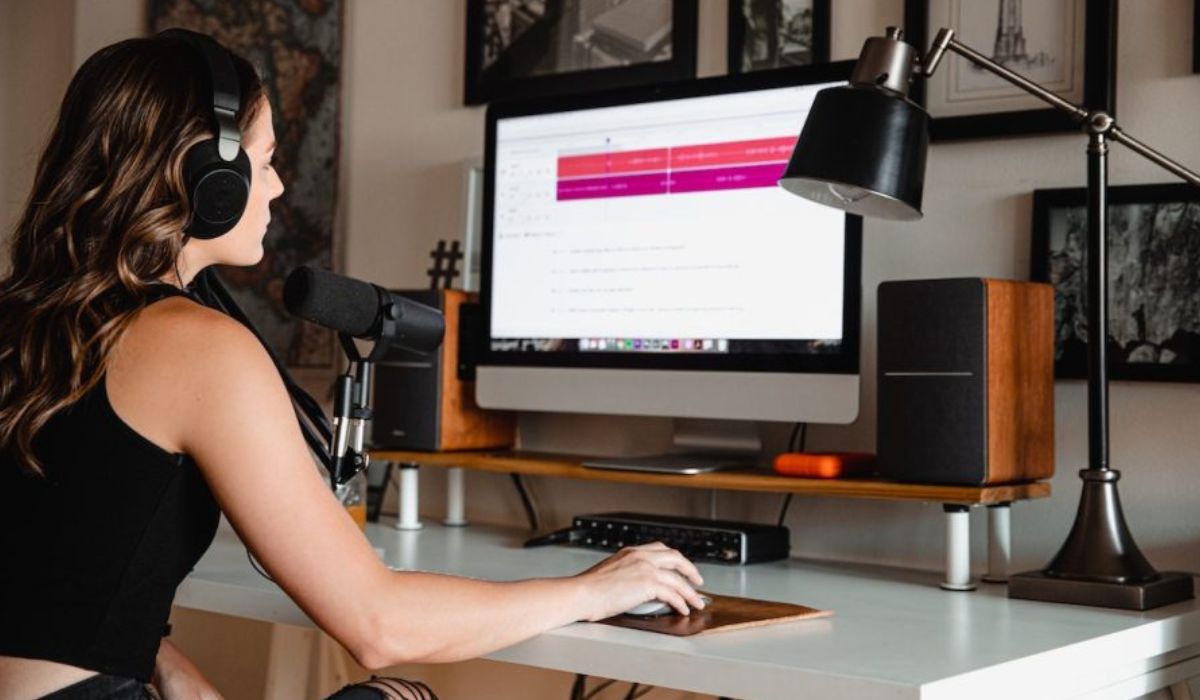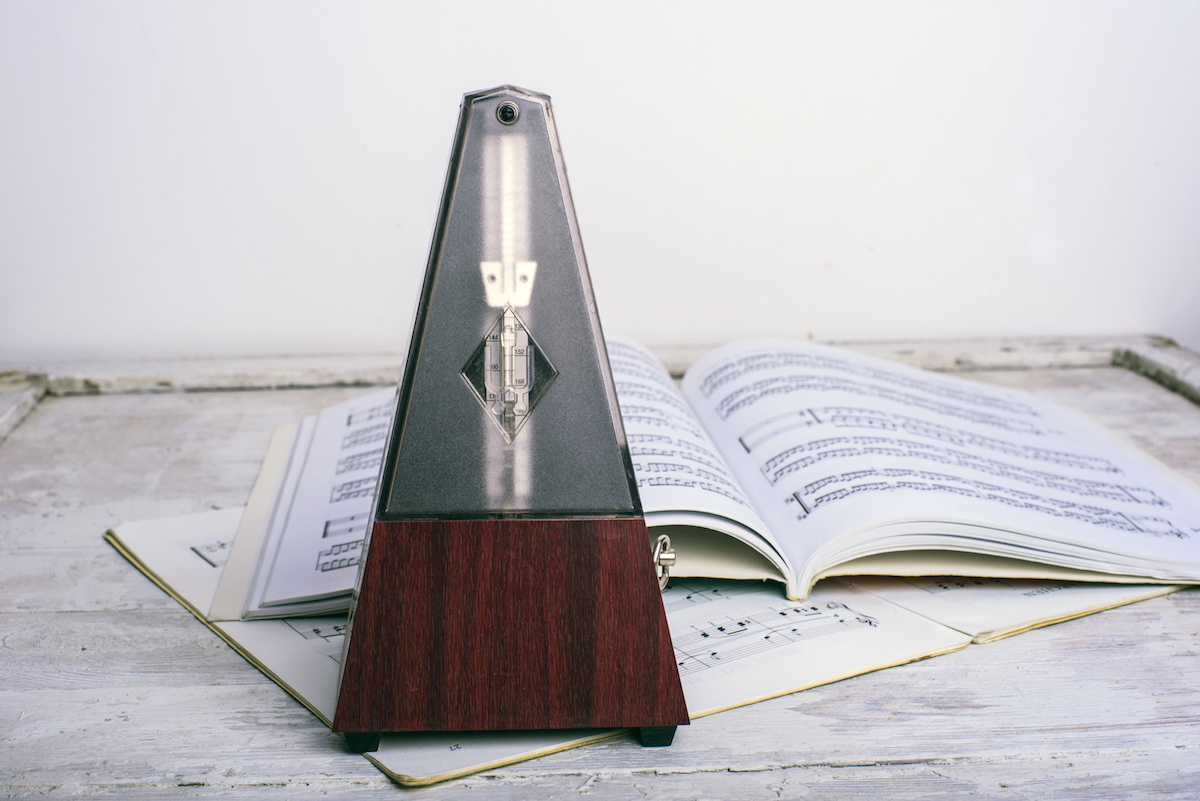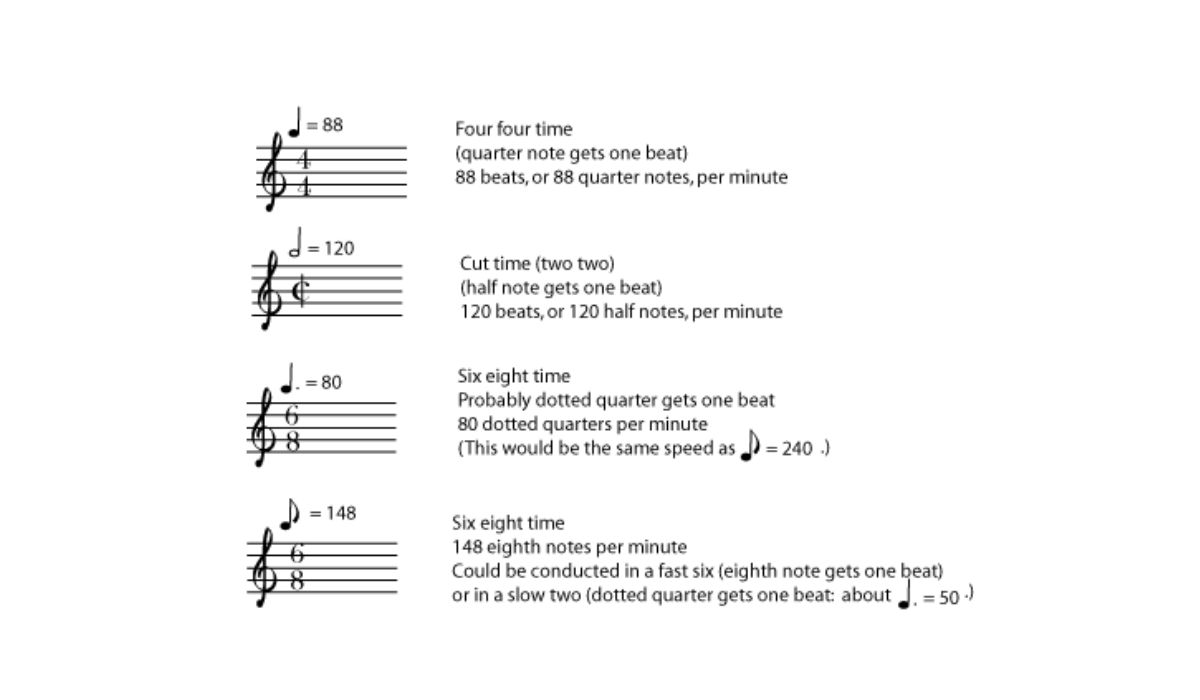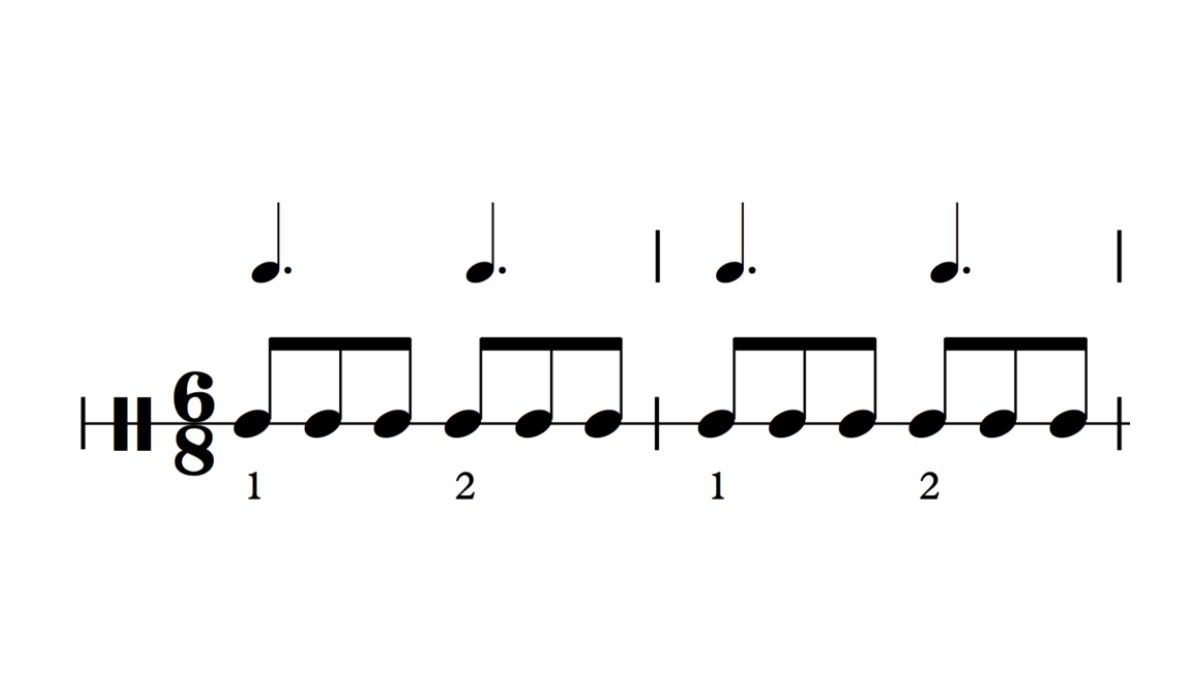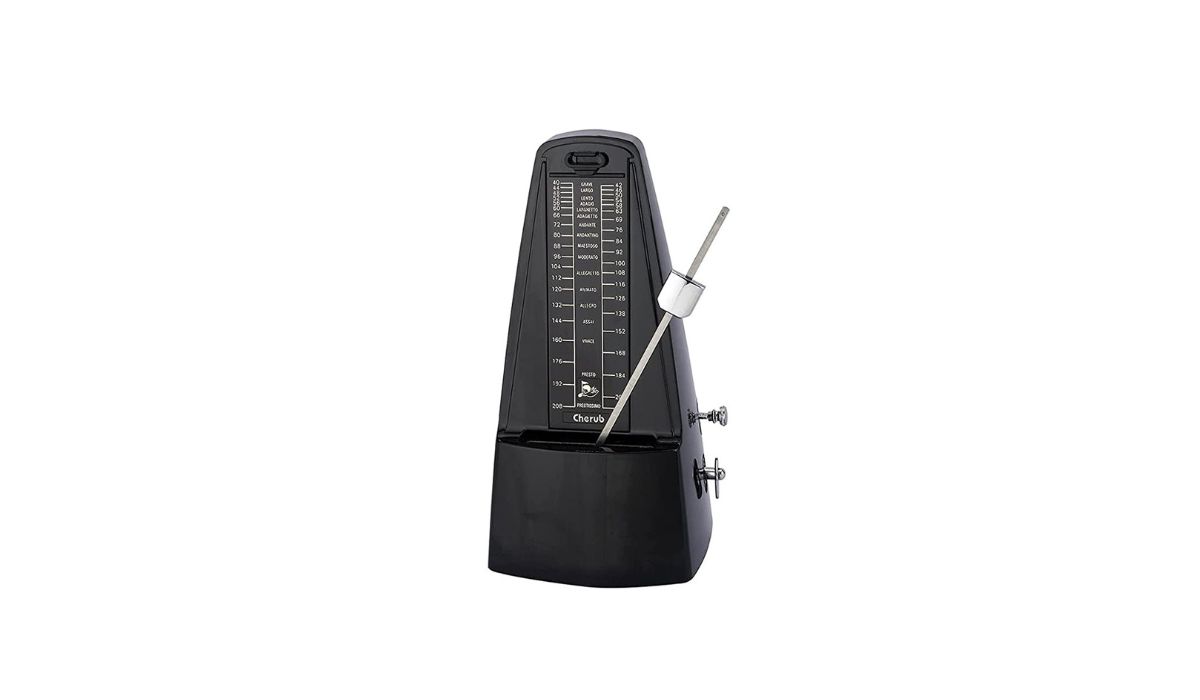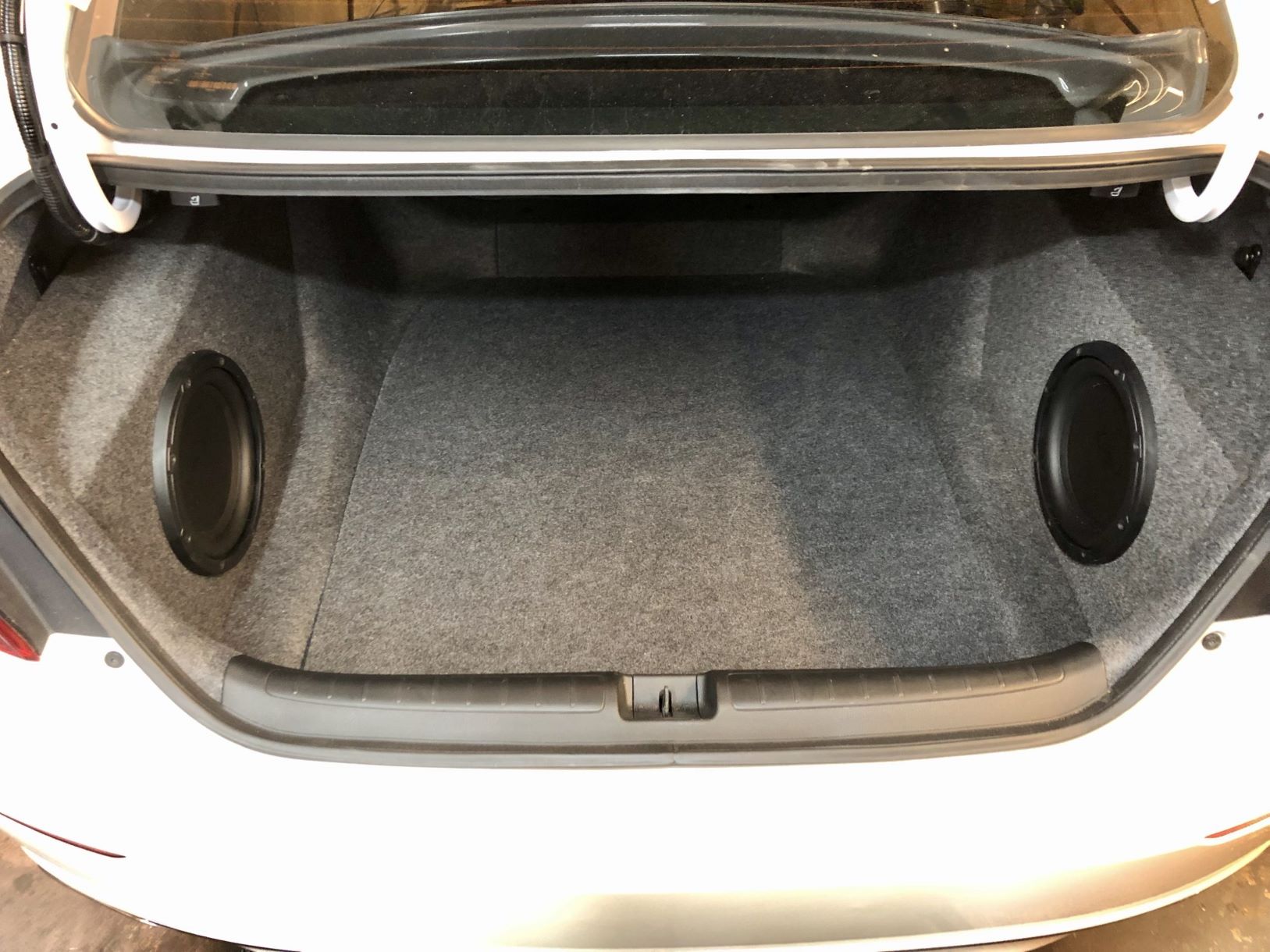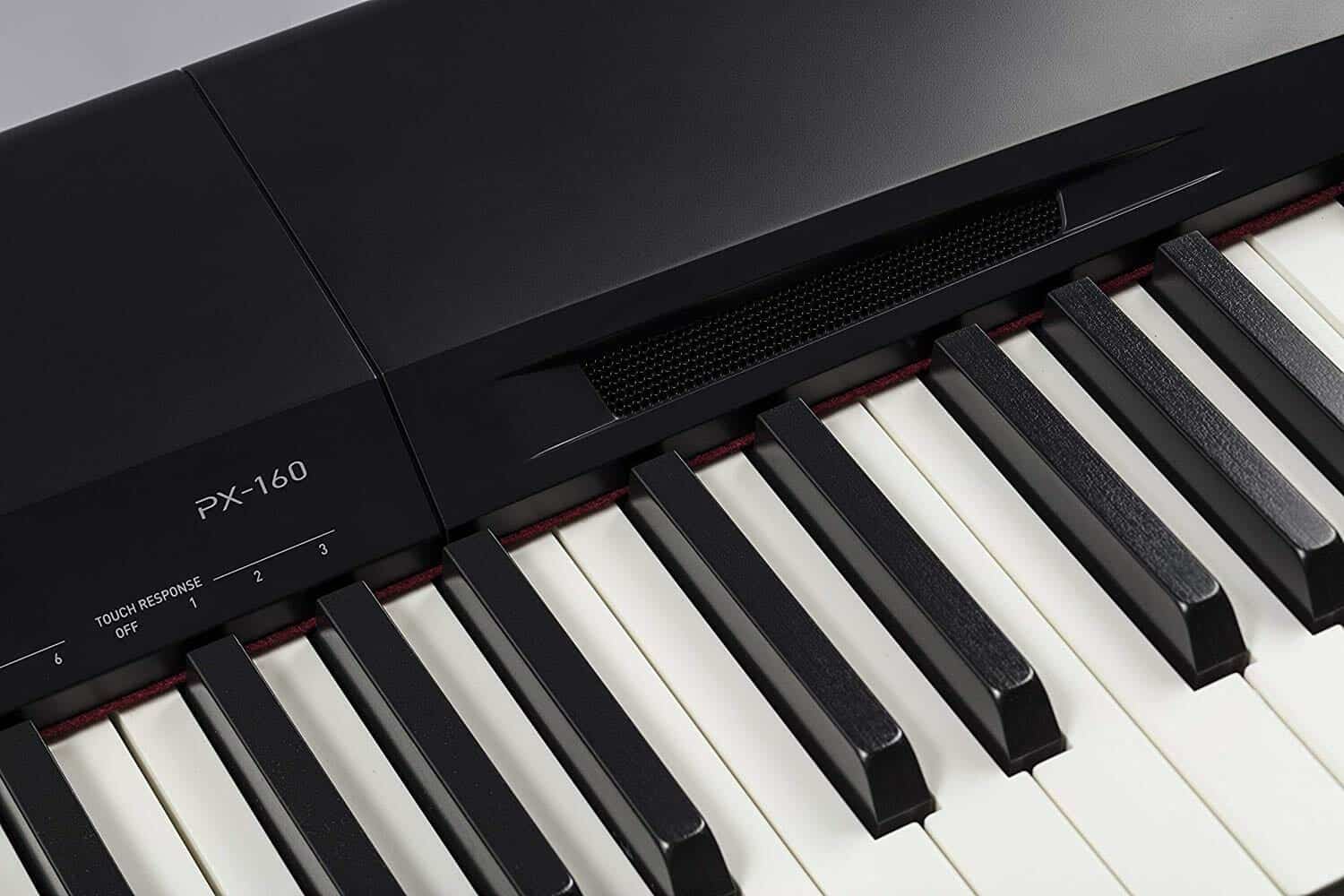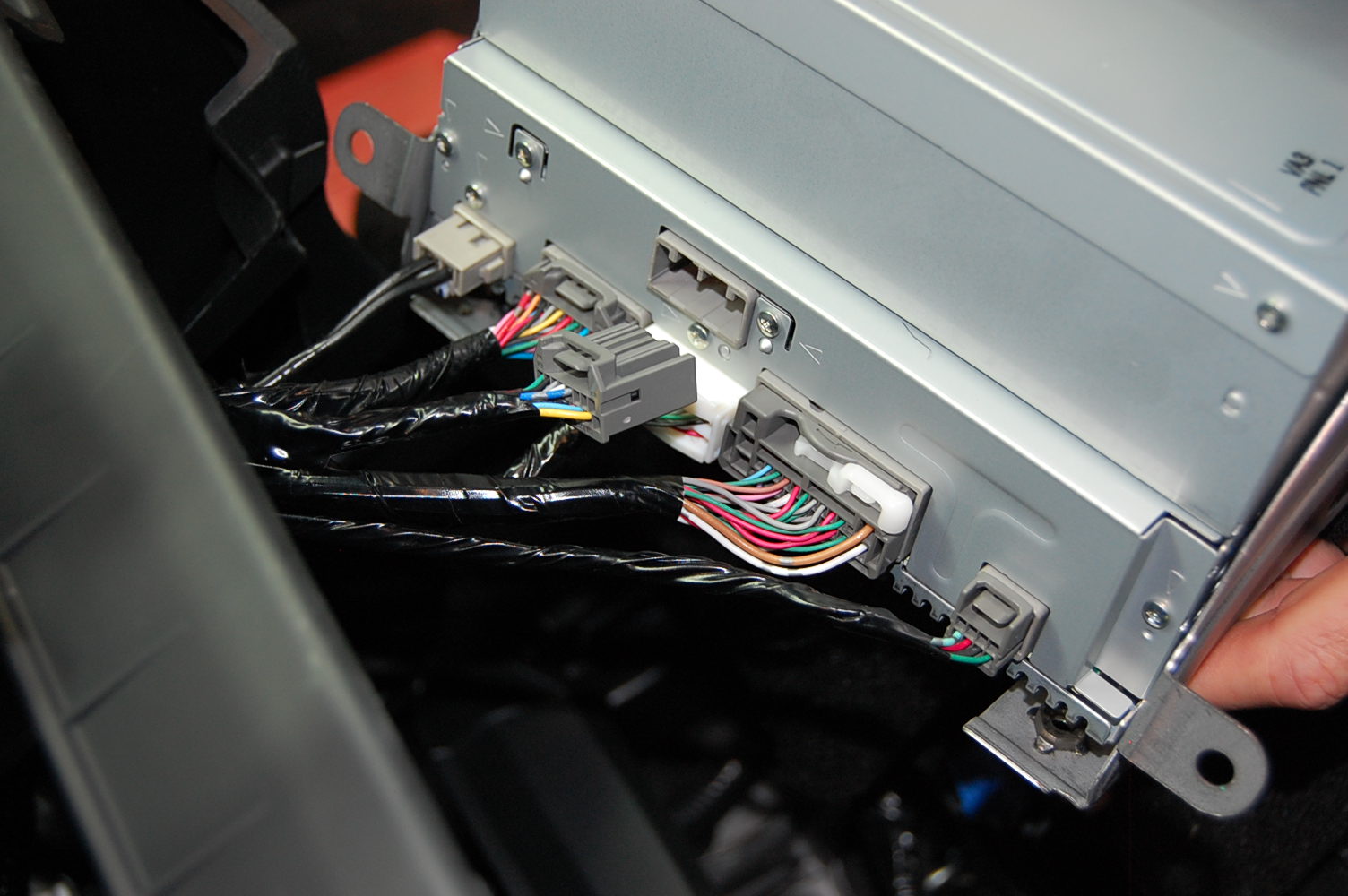Home>Production & Technology>Tempo>How To Set Piano Metronom According To Music Tempo


Tempo
How To Set Piano Metronom According To Music Tempo
Modified: January 22, 2024
Learn how to set your piano metronome accurately according to the tempo of the music you're playing. Enhance your rhythm and timing with our step-by-step guide.
(Many of the links in this article redirect to a specific reviewed product. Your purchase of these products through affiliate links helps to generate commission for AudioLover.com, at no extra cost. Learn more)
Table of Contents
Introduction
Welcome to the world of music! If you’re a musician, you know how crucial it is to have a good sense of rhythm and timing. Whether you’re a beginner or an experienced pianist, one tool that can greatly assist you in developing and maintaining a steady tempo is a piano metronome.
A metronome is a device that produces regular beats at a specific tempo. It helps musicians stay in time and ensures consistency in their performances. By setting the piano metronome to the desired tempo, you can practice playing at a consistent speed and improve your overall sense of timing.
But how do you set the piano metronome according to the music tempo? In this article, we’ll explore the different aspects of music tempo and guide you through the process of setting the piano metronome to match it.
Whether you’re playing a lively classical piece, a soothing ballad, or a fast-paced jazz tune, understanding and adapting to the appropriate tempo is crucial for a well-executed performance.
So, if you’re ready to enhance your musical skills and take your piano playing to the next level, let’s dive into the world of music tempo and learn how to set the piano metronome accordingly!
Understanding Music Tempo
Music tempo refers to the speed or pace at which a piece of music is played. It determines the overall feel and energy of the music and establishes the rhythmic framework for a performance. Understanding different tempos and their corresponding musical expressions is essential for interpreting and playing music accurately.
Tempo is usually indicated by a specific term, written at the beginning of a musical score, which gives the musician guidance on how fast or slow the music should be played. Common tempo terms include adagio (slow), andante (moderately slow), allegro (fast), or presto (very fast). Each tempo term conveys a specific range of beats per minute (BPM), which helps musicians set the appropriate speed for their performance.
It’s important to note that the interpretation of tempo can vary slightly among different musicians or musical genres. For example, an allegro tempo in a classical piece may differ in speed compared to an allegro tempo in a jazz composition. Therefore, it’s essential to consider the musical style, context, and personal interpretation when determining the appropriate tempo for a specific piece of music.
Furthermore, the tempo can be indicated numerically with a BPM value. For instance, a tempo marking of 120 BPM indicates that there are 120 beats per minute in the music. This numerical representation allows for more precision when setting the piano metronome.
By understanding the different tempo markings and their corresponding BPM values, musicians can accurately interpret and play music at the desired speed, capturing the intended mood and expression of the composition.
Now that we have a basic understanding of music tempo, let’s explore the importance of setting the piano metronome and how it can benefit your piano playing in the next section.
Importance of Setting the Piano Metronome
Setting the piano metronome might seem like a simple task, but its importance should not be underestimated. Here are some compelling reasons why setting the piano metronome is crucial for musicians:
1. Establishing a steady rhythm: The metronome provides a consistent beat, allowing you to develop a strong sense of rhythm. It helps you internalize the pulse of the music, maintaining a steady tempo throughout your performance. By practicing with a metronome, you can improve your rhythm accuracy and avoid rushing or dragging during your piano playing.
2. Enhancing timing and precision: Setting the piano metronome allows for precise timing. It trains your ability to execute each musical phrase with accuracy, ensuring that every note is played at the right moment. This attention to timing improves the overall quality and professionalism of your piano playing.
3. Developing speed and agility: A metronome is an invaluable tool for building speed and agility in your playing. By gradually increasing the tempo on the metronome, you can challenge yourself to play faster passages accurately. This gradual progression helps improve your finger dexterity and overall technical proficiency on the piano.
4. Maintaining consistency in performances: Playing with a metronome ensures consistency in your performances. It helps you perform a piece of music in the same manner every time, whether it’s during rehearsals or live performances. This consistency is vital for ensemble playing, where all musicians need to stay synchronized and maintain a cohesive sound.
5. Training musical awareness: The metronome serves as a valuable tool for developing your musical awareness. By listening to the metronome’s beat, you train your ears to recognize and react to the rhythmic structure of the music. This heightened awareness improves your ability to play with other musicians and adapt to various musical situations.
6. Building confidence: Practicing with a metronome helps build confidence in your playing. As you become comfortable with the steady beat and precise timing, you gain a sense of assurance in your abilities. This confidence translates into more composed and polished performances.
Overall, setting the piano metronome is essential for improving your musicality, timing, and precision. It provides the necessary framework for developing a strong sense of rhythm and enhancing your piano playing skills. Let’s move on to the practical steps of how to set the piano metronome according to the music tempo.
Steps to Set the Piano Metronome According to Music Tempo
Now that we understand the significance of setting the piano metronome, let’s explore the practical steps to ensure it aligns with the desired music tempo:
- Determine the tempo: Start by determining the specific tempo of the piece you want to play. This can be indicated by a tempo marking in the sheet music or expressed numerically as BPM.
- Set the metronome to match the tempo: Once you know the desired tempo, adjust the settings on your piano metronome to match it. Most metronomes have a dial or digital interface to select the tempo. If using a digital metronome, you can often input the BPM directly.
- Listen and internalize the beat: Take a moment to listen to the metronome beat before you start playing. Internalize the rhythm and feel the pulse of the music. This step helps familiarize yourself with the tempo and prepares you to play in sync with the metronome.
- Begin practicing: Start practicing your piece while following the metronome beat. Focus on staying in time and playing each note precisely as the metronome clicks. Pay attention to any specific rhythmic patterns or accents indicated in the music.
- Gradually increase the tempo: If you feel comfortable playing the piece at the current tempo, challenge yourself by gradually increasing the metronome tempo. This step helps you build speed, improve technical proficiency, and adapt to faster tempos over time. Remember to maintain accuracy and control as you increase the tempo.
- Experiment with different subdivisions: As you become more comfortable playing with the metronome, experiment with different subdivisions of the beat. For example, if the metronome clicks on every quarter note, try playing with eighth or sixteenth note subdivisions. This exercise enhances your rhythmic flexibility and precision.
- Practice without the metronome: Once you feel confident with the music and have developed a strong sense of timing, challenge yourself by practicing without the metronome. This step allows you to test your internal timing and independence while maintaining a steady rhythm.
Remember, setting the piano metronome is a practice tool that helps you refine your skills and develop a reliable sense of rhythm. Use it as a guide and adapt it to your playing style and musical preferences. With regular practice and patience, you’ll gradually enhance your ability to play with precision and musicality.
Now that you’re equipped with the knowledge of setting the piano metronome, it’s time to put it into practice and elevate your piano playing to new heights!
Conclusion
Setting the piano metronome according to music tempo is a fundamental practice that can greatly benefit musicians of all levels. By understanding the importance of setting a steady tempo and following the practical steps outlined in this article, you can enhance your sense of rhythm, timing, and overall musicality.
A well-set piano metronome serves as a reliable guide, helping you establish a consistent beat, improve your precision, and build speed and agility in your playing. It ensures that you maintain consistency in your performances and develop a strong sense of timing and rhythm awareness.
Remember to carefully consider the designated tempo of the music and adjust your metronome accordingly. Take the time to listen and internalize the beat before starting to play, gradually increasing the tempo to challenge yourself and improve your technical proficiency. Additionally, experimenting with different subdivisions and eventually practicing without the metronome will further enhance your sense of timing and musical independence.
Setting the piano metronome is not just a technical exercise; it is an opportunity to deepen your connection with the music and express it authentically. As you practice with the metronome, strive for accuracy, control, and musical expression, allowing the rhythmic foundation to support your artistic interpretation.
So, whether you’re a classical pianist, jazz enthusiast, or simply enjoy playing the piano for personal enjoyment, incorporating the use of a piano metronome into your practice routine will undoubtedly yield positive results. Embrace the discipline and accountability it provides, and watch your musical skills flourish.
Now, it’s time to put your newfound knowledge into action. Grab your piano metronome, set the tempo, and embark on a musical journey filled with rhythmic precision and artistic expression!

